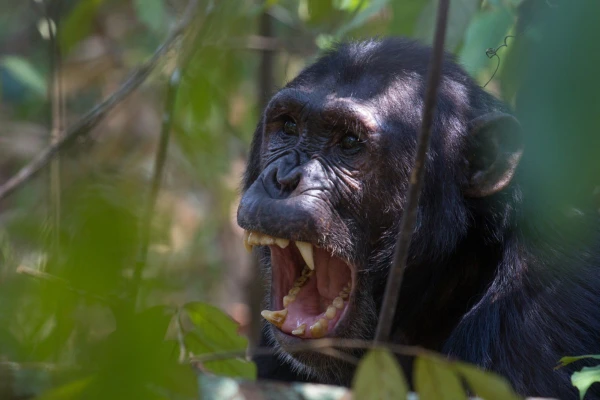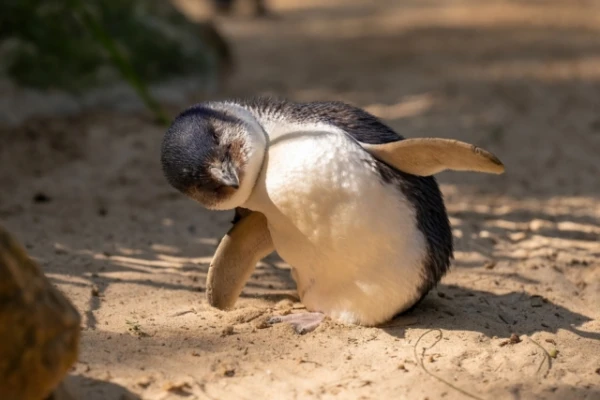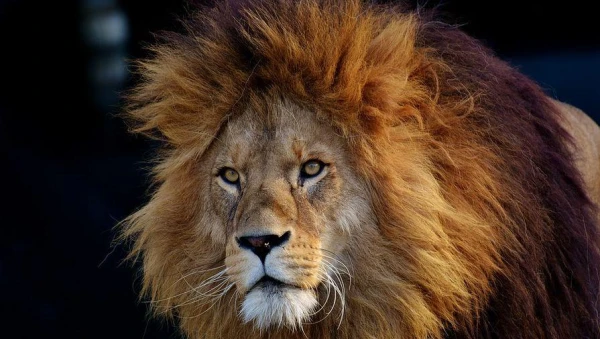
The ancestors of humans can sometimes be as brutal as they are.
Not everyone knows, but from 1974 to 1978, a fierce war was waged in Tanzania. The reasons for the silence of the press and the international community lie in the fact that only one person witnessed it — British primatologist Jane Goodall in Gombe Stream National Park, and the combatants were... chimpanzees.
History of the Conflict
Goodall spent over 15 years in Gombe Park at the time when a split occurred in the chimpanzee community known as Kasakela, which she was observing. Six males and three females separated from the group and headed south. The new group was named Kahama. The majority, eight males and twelve females, remained where they were. Soon, Goodall witnessed a brutal execution of a male from the "separatists" Kahama by members of the Kasakela group. The sight deeply shocked her: it should be remembered that for 15 years, Kasakela and Kahama had lived side by side in harmony.
"For many years, I believed that chimpanzees, although they demonstrate a supernatural resemblance to humans in many ways, are generally much 'kinder' than us. Suddenly, I discovered that under certain circumstances, they can be just as brutal, that they also have a dark side to their character."
After the first death, the conflict continued to escalate, and within four years of the 'war,' all the males of Kahama were dead. Their territory was seized by Kasakela, and the females were abducted, but the victors did not stop there and moved further — into the land of the Kalande community. The conquest failed, and Kasakela were defeated.
What Do Monkeys Fight For?
Chimpanzees are territorial animals capable of killing to defend their borders, which they regularly patrol. This is the behavior Goodall encountered. Her assessments of the kindness of primates immediately faced criticism from colleagues: supposedly, the need to defend the territory of the monkeys is driven by a lack of food and space caused by human activity. However, more recent studies show that lethal aggression in chimpanzees and bonobos is more often explained by adaptive strategies in competitive struggles than by human impact. Aggression towards their kin yielded results in terms of food, space, and females.
Not Just War, but Politics
In 1982, the famous Dutch primatologist Frans de Waal wrote a book titled "Chimpanzee Politics." In it, he defined politics as follows: "Social manipulation aimed at achieving and maintaining influential positions." Here is an example of behavior that, according to de Waal, proves that politics among chimpanzees indeed exists:
Sometimes, an alpha male is literally harassed by a younger rival, who tries in every way to provoke him into a fight. He throws stones in his direction, rushes at him as if about to attack, his fur bristling. Experienced alphas completely ignore all this fuss, as if not noticing it, and then leisurely go around their allies, managing to groom each one. So that closer to the end of the day, when the time for a counterattack comes, the young and hot-headed one finds himself at a clear disadvantage.
The researcher noted that such behavior requires the highest self-control and planning ability. Additionally, he described another political intrigue — bribing allies with meat — and an episode of "peacemaking," when the strongest chimpanzee in the group stopped a fight by slapping all participants regardless of their side. Based on the research of de Waal and Goodall, modern scientists suggest that higher primates have precursors to law, a sense of justice, trust, and an ethical system, the main principle of which is "an eye for an eye."















Leave a comment